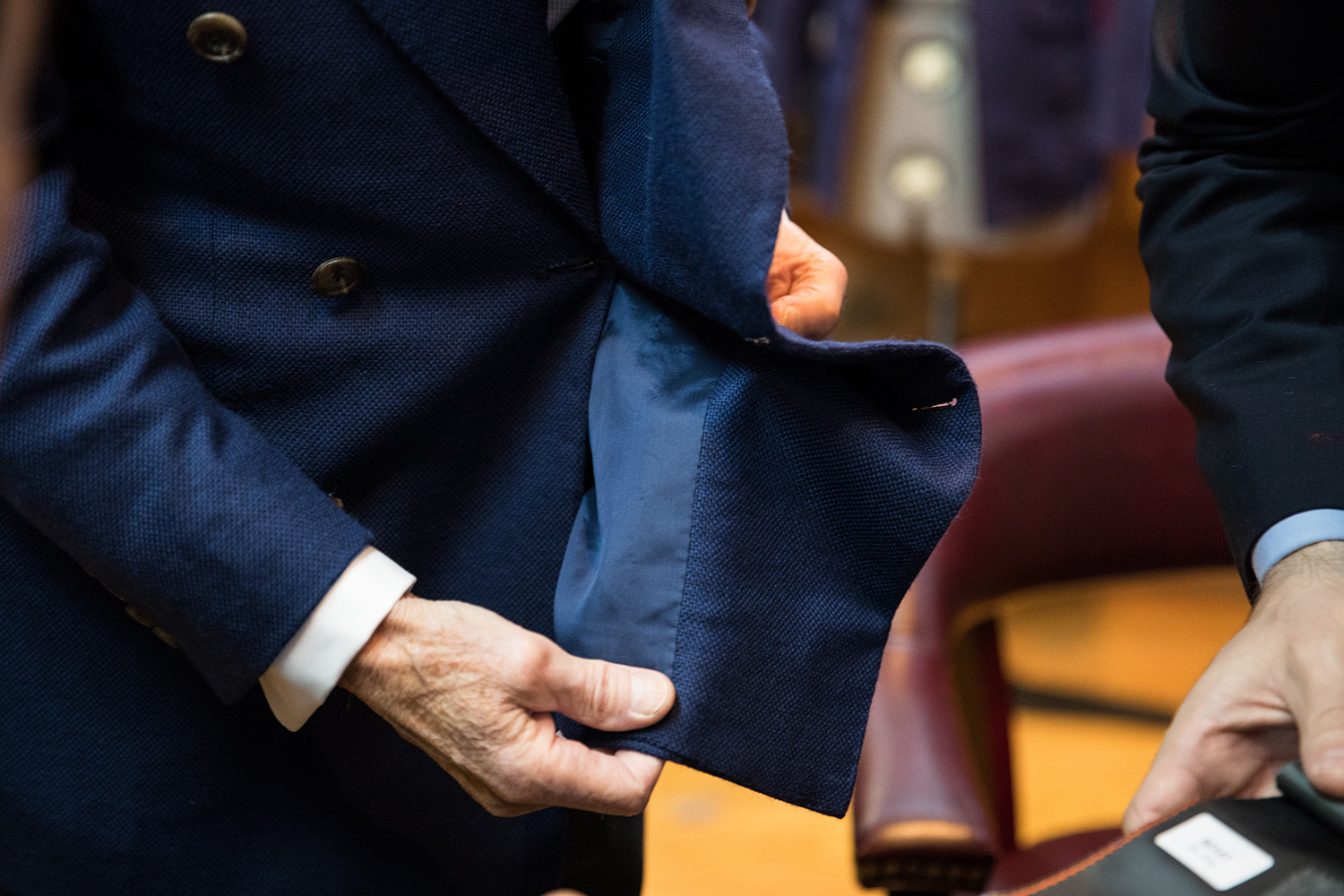Table of Contents
When it comes to fashion, even the most stylish individuals can unknowingly make missteps. These errors might seem minor but can significantly affect the overall look and feel of an outfit. The good news? They’re easily fixable. Here are some common fashion mistakes you didn’t know you were making and how to avoid them for a more polished, stylish appearance.
1. Wearing Ill-Fitting Clothes
One of the most fundamental mistakes is wearing ill-fitting clothes. Whether it’s too tight or too loose, clothing that doesn’t fit your body properly can instantly detract from your style. A well-fitted garment should flatter your shape, enhance your features, and provide comfort. Unfortunately, many people settle for sizes that are close but not quite right, thinking it won’t make much difference.
Clothes that are too tight can make you uncomfortable and restrict movement, while garments that are too loose can drown your figure and appear sloppy. Always prioritize fit over size. A great tip is to consider visiting a tailor. Custom alterations can turn an off-the-rack item into something that looks like it was made just for you. Whether it’s a suit, dress, or pair of jeans, the right fit is crucial to looking effortlessly stylish.
2. Neglecting Color Coordination
Neglecting color coordination is another surprisingly common fashion blunder. Some may think that as long as they like the colors individually, they’ll work together in an outfit. However, the wrong combination can clash or make an otherwise well-planned outfit look disjointed. Understanding which colors complement each other and how to balance them is key to a cohesive look.
For example, neutrals such as black, white, and beige are easy to pair with most colors, but it’s also important to experiment with complementary hues that enhance your skin tone and features. Additionally, be mindful of patterns and prints. If you’re incorporating bold colors or prints, it’s best to keep the rest of your outfit more subdued to avoid overwhelming the senses.
Color-blocking can be a fun way to add vibrancy to your wardrobe, but remember the golden rule: balance is everything. If you’re unsure, stick to classic combinations like navy and white, or burgundy and grey, which never fail to look chic and sophisticated.
3. Overloading on Accessories
Overloading on accessories can easily take your outfit from stylish to chaotic. While accessories are a great way to add personality to your look, too many can become distracting and make your ensemble look overdone. The key is to strike a balance between statement pieces and minimalist accents.
For instance, if you’re wearing a bold necklace, consider keeping earrings and bracelets understated. Conversely, if you’re opting for bold earrings, it’s often best to forgo a necklace altogether. The goal is to ensure your accessories enhance, rather than overshadow, your outfit.
Another mistake is mixing too many different metals or styles. While a subtle blend can work in certain cases, overwhelming your look with gold, silver, beads, and gems all at once can result in visual clutter. Focus on creating harmony with your accessories and remember the age-old adage: less is more.
4. Ignoring Fabric Quality
Ignoring fabric quality is a mistake many shoppers make, often prioritizing price or style over material. However, the quality of fabric can make or break an outfit. Low-quality fabrics may wear out quickly, lose their shape, or even irritate the skin. Moreover, certain fabrics, while trendy, may not drape well on your body or offer the comfort you need throughout the day.
Natural fabrics like cotton, linen, and silk tend to be more breathable and durable compared to synthetic materials like polyester or nylon. Investing in good-quality fabrics ensures longevity and maintains the integrity of the garment over time. When shopping, don’t just focus on how the item looks on the hanger—pay attention to how it feels to the touch. A well-made garment in a high-quality fabric will elevate your entire wardrobe.
Additionally, consider the occasion when choosing fabrics. A silk blouse might be perfect for an evening out, while a cotton or wool blend is ideal for daily wear. By choosing materials that match the occasion, you’ll ensure your outfit is both stylish and functional.
5. Forgetting About Proportions
While this isn’t directly one of the highlighted mistakes, forgetting about proportions deserves a mention. Achieving a well-balanced outfit relies heavily on proportion. Pairing oversized tops with slim bottoms, or vice versa, creates a balanced look that’s both flattering and modern.
Wearing all baggy clothes can leave you looking shapeless, while wearing all fitted items might feel too constricting. The trick is to mix and match different silhouettes. For example, if you’re wearing wide-leg trousers, opt for a more fitted top to balance the look.
6. Underestimating the Power of Footwear
Finally, never underestimate the impact that shoes have on your overall appearance. The wrong pair of shoes can undermine even the best outfit, while the right pair can tie everything together. Shoes should not only be stylish but also appropriate for the occasion and complement the rest of your ensemble.
A classic mistake is pairing formal attire with overly casual shoes, or vice versa. To avoid this, keep a collection of versatile footwear that can easily transition from day to night, from casual to dressy.
Conclusion
By avoiding these common fashion mistakes, you can instantly elevate your style and feel more confident in your wardrobe choices. Whether it’s ensuring you’re not wearing ill-fitting clothes, paying attention to neglecting color coordination, avoiding overloading on accessories, or making sure you’re not ignoring fabric quality, these small tweaks can make a world of difference. Remember, fashion is not just about following trends—it’s about knowing how to put together an outfit that makes you look and feel your best!


More Stories
The Most Alluring Perfumes for Special Occasions
Elevate Your Everyday Fashion with These Tips
Simple Fashion Hacks for a Polished Look